Clavam Dry Syrup – A Quick Guide for Parents
Clavam Dry Syrup is a pediatric antibiotic used to treat a wide range of bacterial infections in children. It is effective against infections of the ears, nose, throat, lungs, chest, urinary tract, teeth, skin, and soft tissues. This medicine is particularly useful for treating bacterial strains that are resistant to other antibiotics, including cases of drug-resistant tuberculosis.
How to Give Clavam Dry Syrup to Your Child
Clavam Dry Syrup can be administered with or without meals, although giving it with food is recommended to help improve absorption and reduce the chance of stomach upset. The dosage and frequency depend on your child’s age, weight, and the severity of the infection. It is usually prescribed two or three times a day.
If your child vomits within 30 minutes of taking the dose, you may repeat it after they’ve settled. However, do not give a double dose if the next scheduled dose is near.
How It Works
This syrup contains two active ingredients: Amoxycillin and Clavulanic Acid.
-
Amoxycillin kills bacteria by disrupting the formation of their cell walls.
-
Clavulanic Acid prevents certain bacteria from becoming resistant by neutralizing an enzyme called beta-lactamase, which would otherwise inactivate amoxycillin.
Together, these components make Clavam Dry Syrup a powerful treatment against difficult-to-treat infections, including multidrug-resistant tuberculosis.
What It Treats
-
Common bacterial infections – such as those of the respiratory tract, ears, skin, and urinary system
-
Drug-resistant tuberculosis (TB) – effective against TB bacteria that do not respond to regular antibiotics due to beta-lactamase production
Benefits of Clavam Dry Syrup
This combination therapy helps manage infections that other antibiotics fail to control. In cases of resistant tuberculosis, it helps by disabling the bacteria’s defense mechanism, allowing amoxycillin to eliminate the infection effectively.
Potential Side Effects
Clavam Dry Syrup is usually well-tolerated in children. However, like all medications, some side effects may occur, including:
-
Stomach discomfort or pain
-
Nausea or vomiting
-
Diarrhea
-
Dark-colored urine
-
Fungal infections of the mouth or skin
-
Allergic reactions such as rashes
Most of these symptoms are temporary and improve as your child adjusts to the medication. If any side effect continues or worsens, contact your pediatrician.
Precautions to Take
Before using this medicine, inform the doctor about any previous health issues, especially:
-
Allergies to antibiotics
-
Liver or kidney problems
-
Heart conditions
-
Digestive disorders
-
Congenital or genetic conditions
Providing complete health history will help your doctor adjust the dose properly and ensure safe use.
How to Prepare and Use
Shake the bottle well before every use. Reconstitute the powder with clean, boiled, and cooled water up to the marked level. Use the provided measuring cup or spoon to give the correct dose. Always follow the doctor’s instructions regarding duration and timing of the medicine.
Missed Dose? Here’s What to Do
If you forget to give a dose, give it as soon as you remember—unless it’s almost time for the next dose. In that case, skip the missed dose and continue with the regular schedule. Never give two doses at once.
Safety Advice
-
Kidney: Use with caution in children with kidney issues. Dose adjustments may be necessary.
-
Liver: Children with liver conditions should be monitored carefully while taking this medicine. Consult the doctor in severe liver cases.
Vendor Information
- Address:
- No ratings found yet!



























































































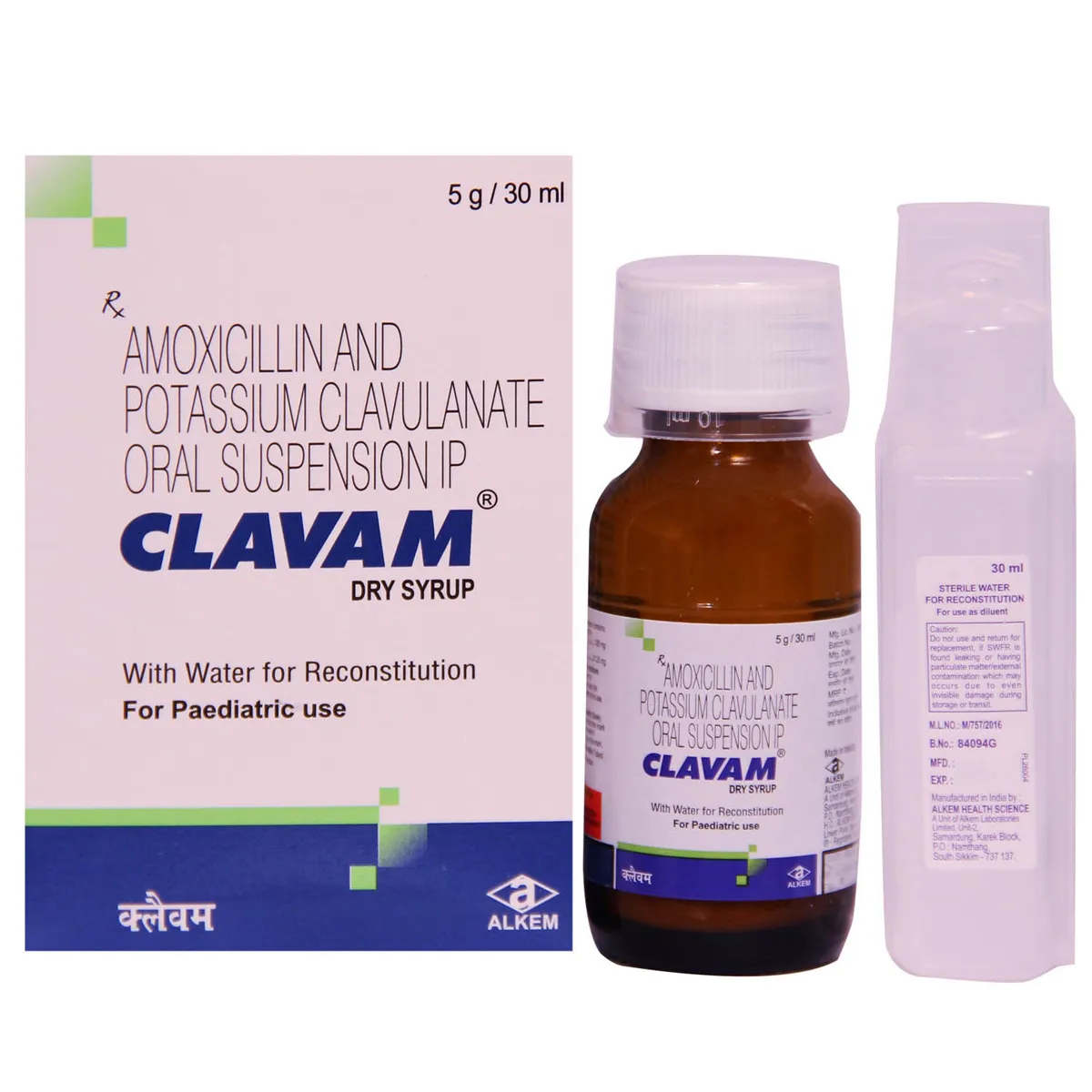
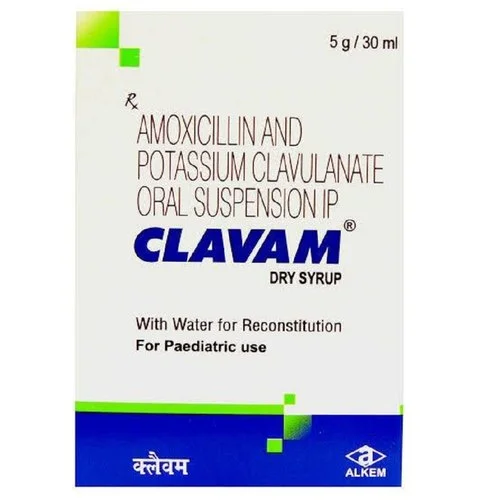
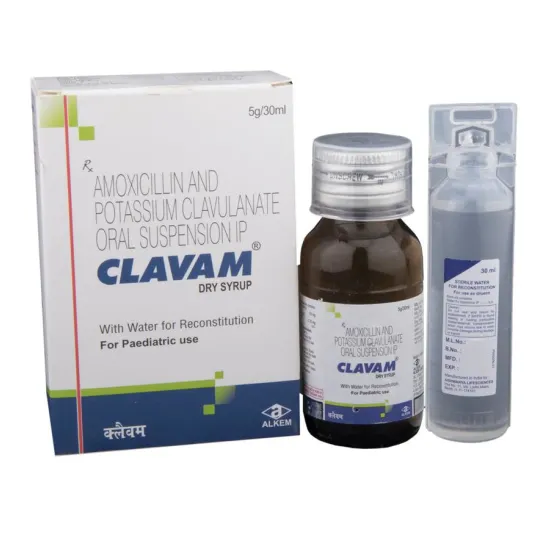
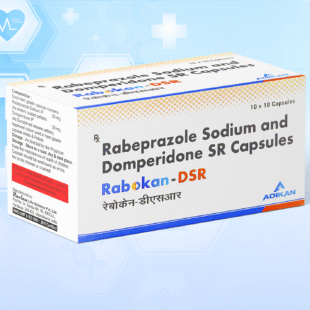
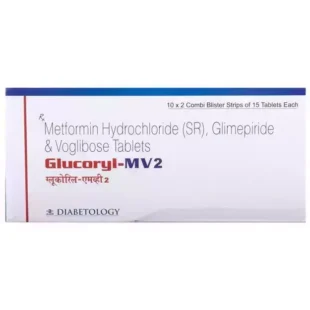

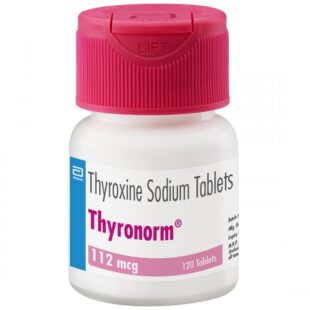
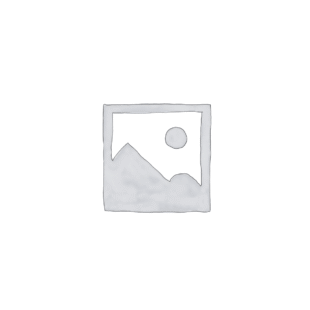
Reviews
There are no reviews yet.